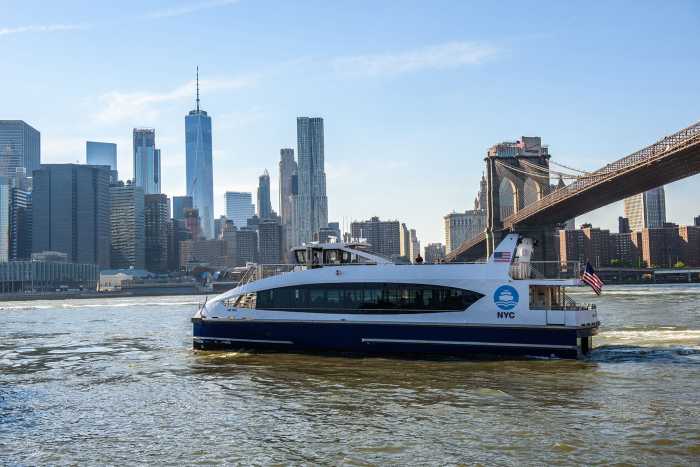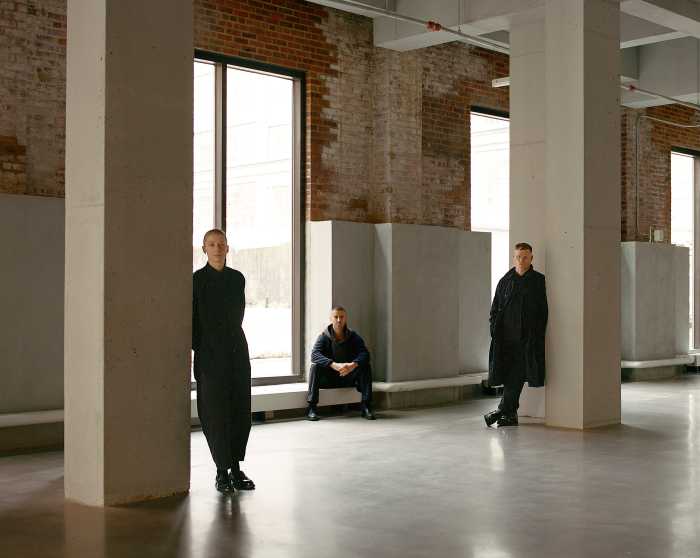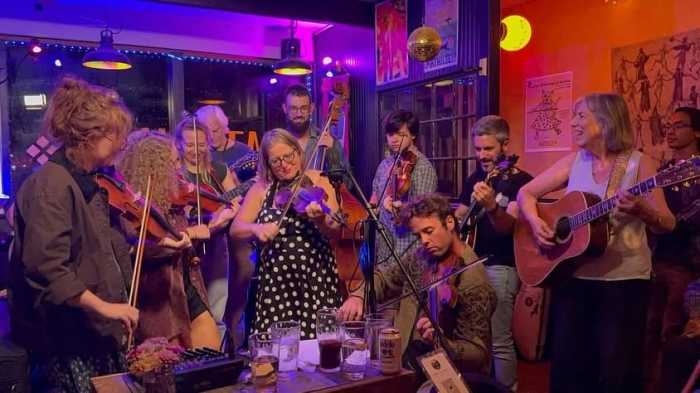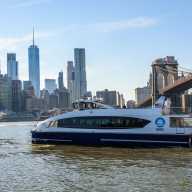It’s not unusual to see tree limbs littering the street after a big rainstorm, but Graham Avenue loses its foliage even on a clear day.
That’s because the avenue is lined with notoriously frail Bradford pear trees, which, though beautiful to the eye, have become a nuisance.
“They’re pretty outrageous,” said Community Board 1 District Manager Gerald Esposito, who said the trees were a constant source of frustration — not just for his constituents, but for the Parks Department, too.
Bradford pear trees (above) “have weak branch connections,” said Brooklyn Forestry Director Andy Rabb, in an e-mail that Esposito shared with The Brooklyn Paper. “Even with moderate winds, we get a lot of pear trees falling apart.”
According to the 2005-06 “NYC Street Tree Census,” Callery Pear trees, of which Bradfords are a type, are the city’s third-most-common species.
The Parks Department, which is responsible for inspecting trees and removing fallen limbs, could not give specific data, but a spokesperson said the department is fully committed to the city’s 600,000 street trees.
Of the 46 tree pits between Meeker Avenue and Grand Street, six held cracked Bradfords, three of which were tagged for removal; two held solid Bradfords; nine held Bradford stumps; and one was empty.
“We no longer plant this type of tree, and replace with a variety of different species,” said Parks spokesperson Jesslyn Tiao.
But Frank Marino, 37, the owner of Doers Video, who raised the issue at a recent community board meeting, said regular inspections don’t always help because the trees can break randomly.
“They came in July and deemed the tree safe,” said Marino. “And three weeks later, it lost more limbs.”
The branches fell on a clear day, said Marino, who has “a sheet-load of complaints to 311.”
Marino said the Parks Department usually remove trees quickly. But that didn’t satisfy CB1’s Esposito, who wants all remaining Bradfords removed — though the city won’t remove any healthy tree until it completely falls.
Rabb agreed that the trees can be frail, but also pointed out that homeowners often request Bradfords because of their resiliency and the “clouds of white flowers in the spring which are much enjoyed by neighborhood residents.”
Eliot Foulds, a historical landscape architect with the National Parks Service, said time will heal this crisis.
“Within five or 10 years, there won’t be any of those trees left,” he said. “They have met, or are meeting, the end of their life span.”
At which point, locals will probably start pining for them again.
























